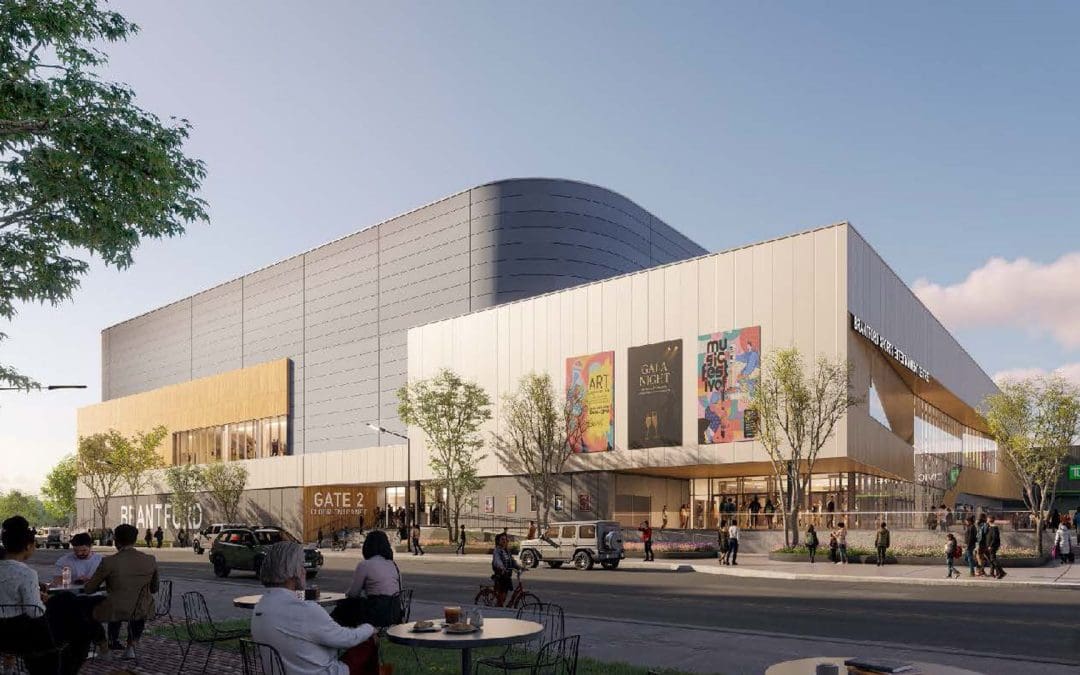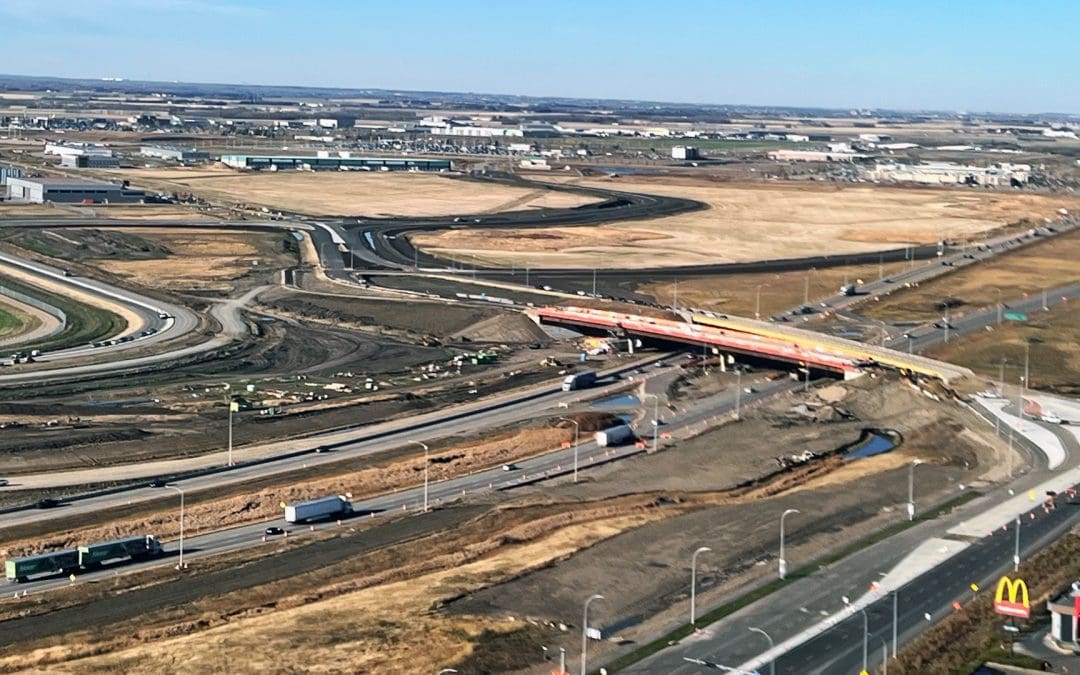Let’s rewind to the year 2000, when the anxiety surrounding Y2K turned out to be overblown, Beyonce was still part of Destiny’s Child and Netflix had just launched its monthly subscription concept, where you could keep your rental DVDs as long as you liked (but you were still receiving and returning them by mail).
In the North American construction industry, AutoCAD released version 15, known as AutoCAD 2000, and IBM’s REVIT Version 1 made its debut. Building Information Modeling (BIM) was still in its infancy, generally limited to structural steel applications, and beginning to move into broader design usage at leading-edge studios.
At the same time, Graham was experiencing rapid growth across its services and capabilities while expanding its regional office locations throughout Canada and the United States.
There have been significant changes since 2000 – from how we build, to the types of projects being built. The list below highlights some of those changes.
| Then (2000) | Now (2020) |
|---|---|
|
|
These backward glances remind us how far we’ve come, and how quickly we, as a company and an industry, have adopted technological tools. If the last two decades are any indication, we will experience even more advancements enabling us to further improve efficiencies and deliver even more complex projects over the next 20 years. It’s going to be an impressive journey.


